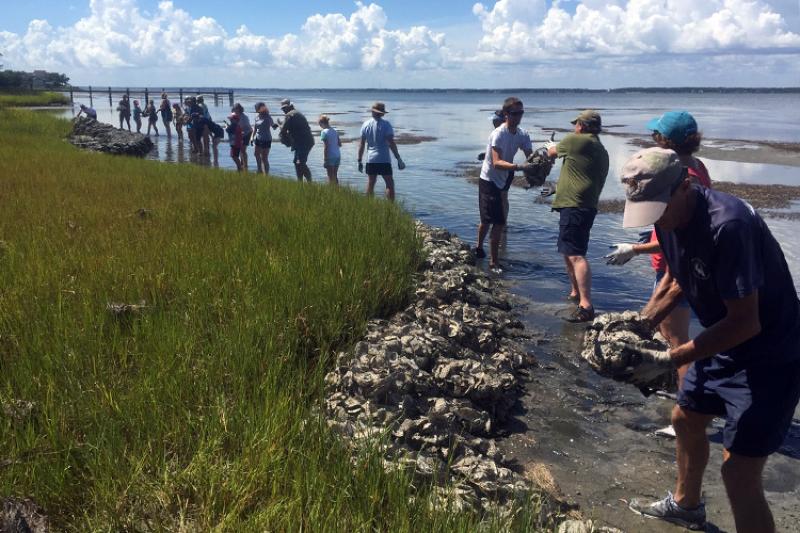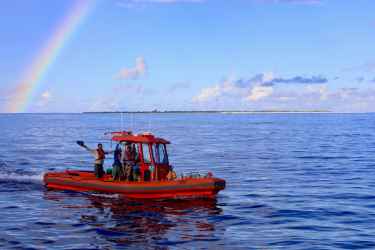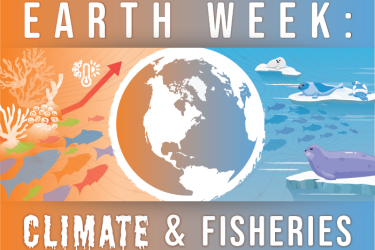NOAA and partner Restore America’s Estuaries are excited to launch the Coastal Restoration Toolkit, a new website that supports community-driven coastal restoration projects. The toolkit provides resources for homeowners, educators, local governments, resource managers, and other community members looking to embark on coastal restoration projects.
Nearly half of the nation’s population lives in coastal regions. But coastal habitats face many threats—from development, to pollution, to changing weather conditions. The Coastal Restoration Toolkit provides information that community members can use to develop and implement solutions to coastal challenges in their local communities.
The toolkit focuses on five main topics of concern:
- Habitat loss
- Flooding
- Erosion
- Water quality
- Invasive species
Features and benefits include:
- Easy-to-follow guidance for planning a restoration project.
- Real project examples filtered by topic or region.
- Funding and permitting resources to address financial and technical barriers.
The NOAA Restoration Center commissioned the toolkit. It will support communities and residents interested in using restoration to improve the condition of coastal habitats at the local level. Since 1991, the NOAA Restoration Center has supported thousands of restoration projects across the United States where our fisheries and protected resources need it most.




